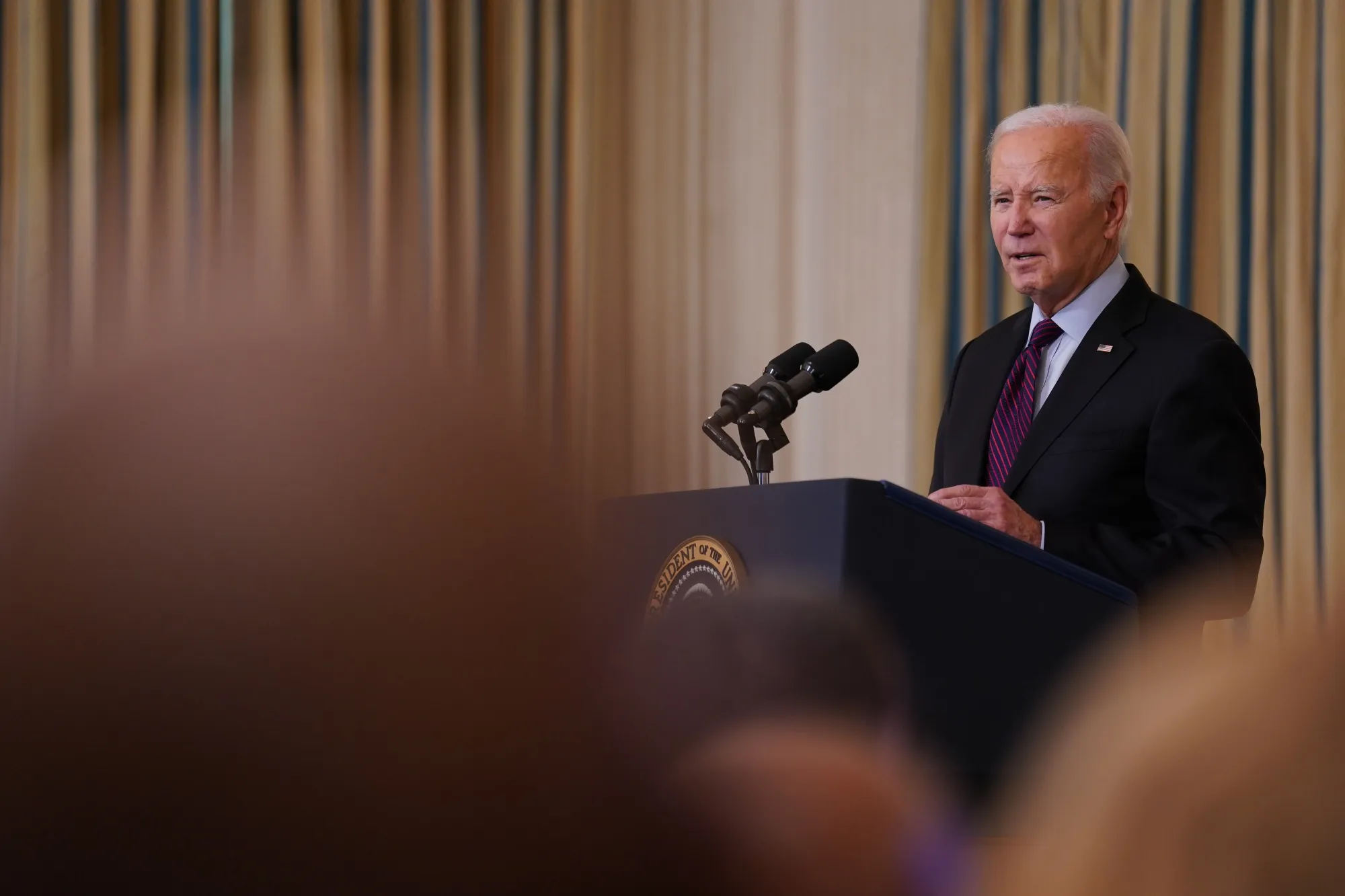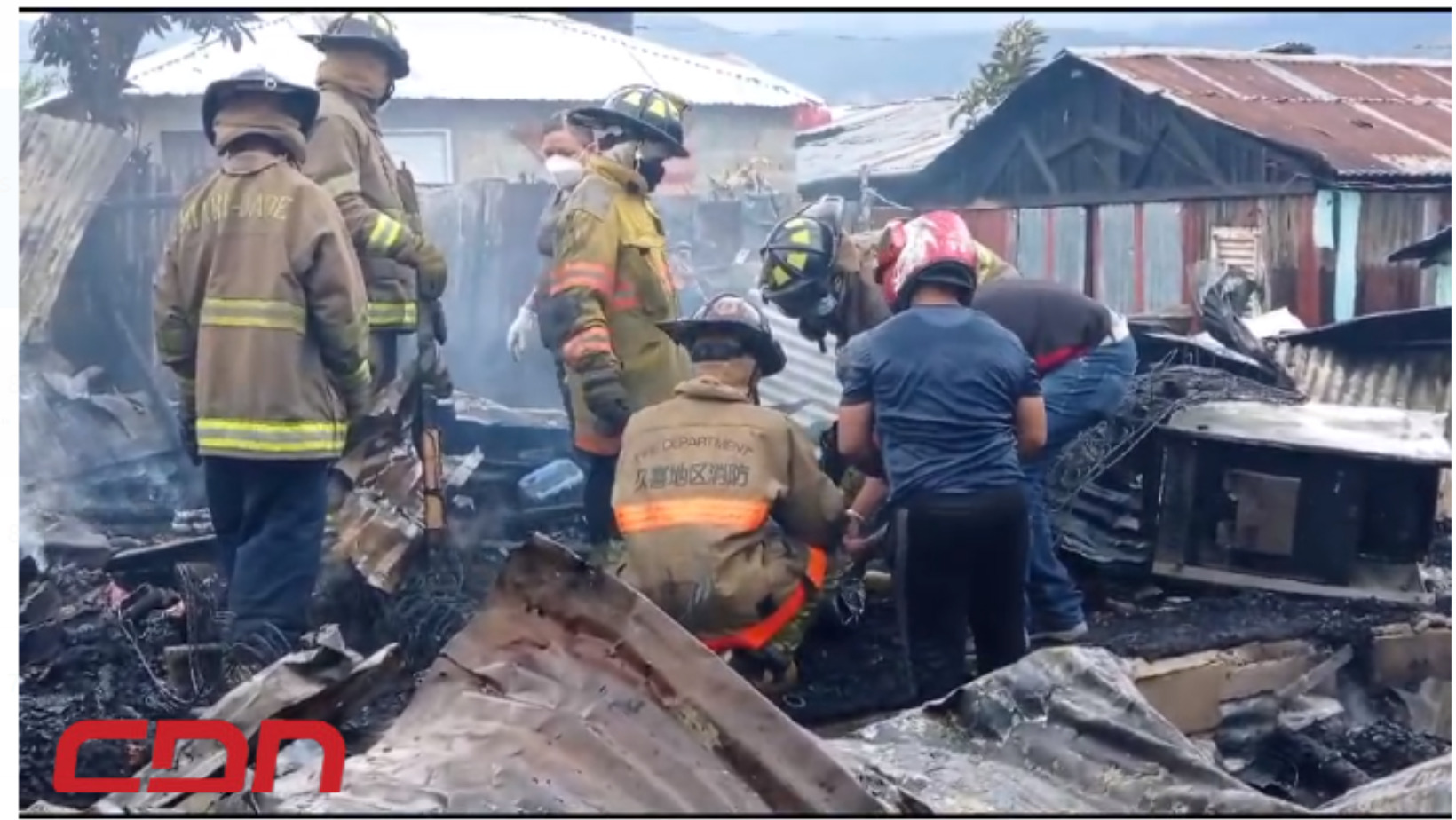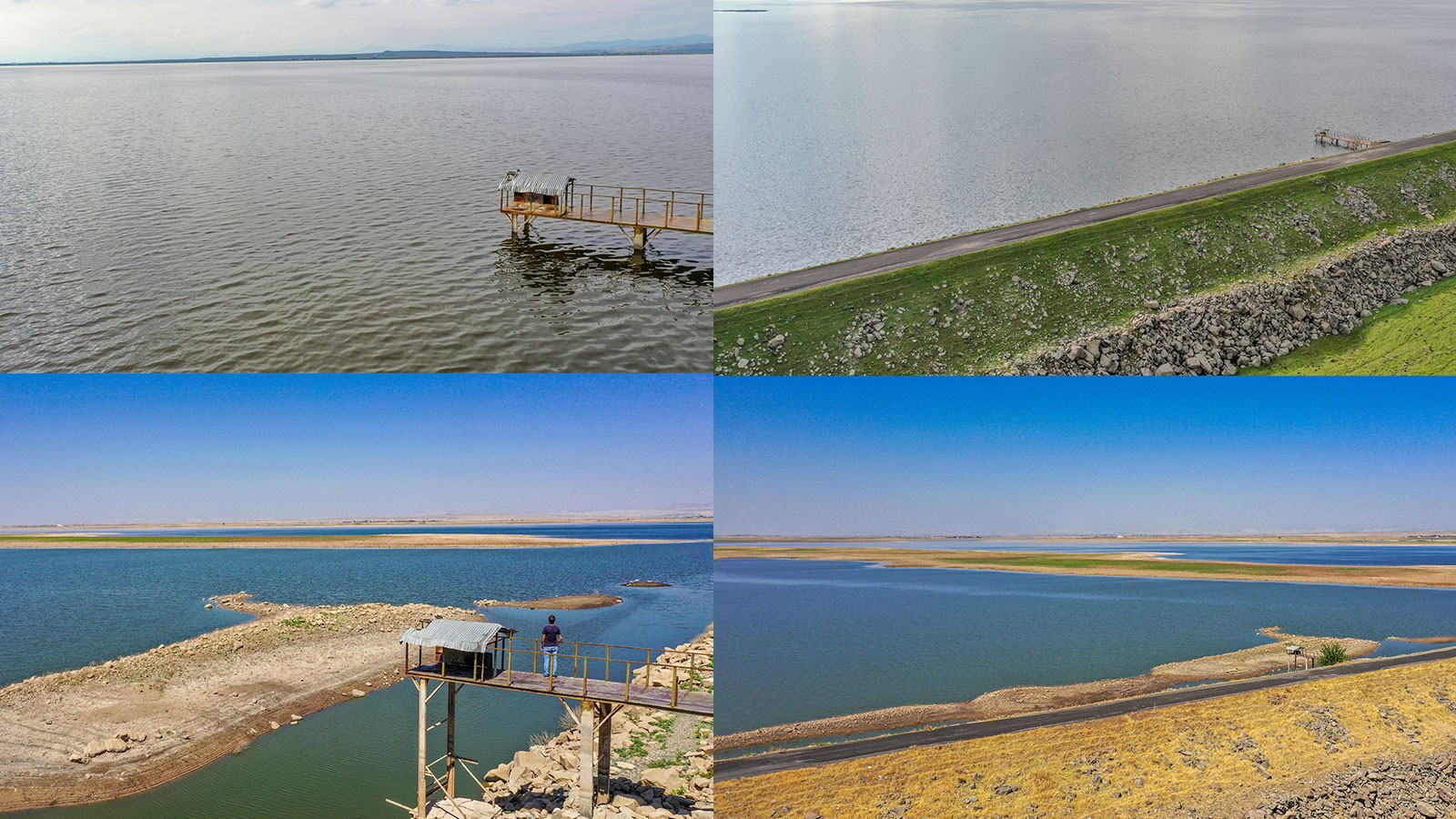Climate Whiplash: A Report On Its Devastating Effects On Cities Worldwide

Table of Contents
Increased Frequency and Intensity of Extreme Weather Events
Climate whiplash manifests as rapid and unpredictable shifts between extreme weather events. These shifts present unique challenges to urban areas, exceeding the capacity of many existing infrastructure systems and emergency response mechanisms. The increased frequency and intensity of these events are profoundly impacting cities globally.
Heatwaves and their Urban Impact
Urban areas, particularly those with extensive concrete and asphalt surfaces (known as urban heat islands), are particularly vulnerable to heatwaves. These extreme temperatures lead to:
- Increased mortality rates: Heat stress significantly increases mortality rates among vulnerable populations, such as the elderly and those with pre-existing health conditions.
- Strain on energy grids: The surge in demand for air conditioning during heatwaves puts immense pressure on energy grids, potentially leading to blackouts and disruptions.
- Impact on public health infrastructure: Hospitals and emergency services are overwhelmed during heatwaves, struggling to cope with the influx of heatstroke victims.
- Examples: London's 2022 heatwave saw record-breaking temperatures, leading to increased hospital admissions. Similarly, Phoenix, Arizona regularly faces extreme heat, highlighting the need for better urban planning and heat mitigation strategies.
Flash Floods and Urban Infrastructure Damage
Climate whiplash can also lead to devastating flash floods. The rapid and intense rainfall overwhelms drainage systems, resulting in:
- Overburdened drainage systems: Inadequate drainage systems lead to widespread flooding, causing significant damage to property and infrastructure.
- Damage to transportation networks: Floods disrupt transportation networks, causing delays, closures, and significant economic losses.
- Destruction of housing and displacement: Flash floods can destroy homes, displacing residents and creating humanitarian crises.
- Examples: Cities like Jakarta, Indonesia, and New Orleans, USA, are particularly vulnerable to flash floods due to their geographical location and existing infrastructure limitations.
Droughts and Water Scarcity in Urban Areas
The unpredictable nature of climate whiplash includes periods of severe drought. These droughts exacerbate existing water scarcity issues in cities leading to:
- Decreased water supply: Droughts severely restrict the water supply for drinking, sanitation, and industrial uses, impacting daily life and economic activity.
- Increased competition for water resources: Competition for dwindling water resources intensifies conflicts and necessitates careful water management strategies.
- Impact on agriculture and food security: Droughts affect urban agriculture and food security, potentially leading to food shortages and price increases.
- Examples: Cape Town, South Africa, experienced a severe drought in recent years, highlighting the vulnerability of cities to water scarcity, and Los Angeles faces ongoing challenges related to drought and water management.
Economic and Social Consequences of Climate Whiplash in Cities
The impacts of climate whiplash extend far beyond environmental damage. The economic and social consequences are profound and far-reaching.
Economic Losses due to Damage and Disruption
Extreme weather events associated with climate whiplash cause substantial economic losses:
- Cost of repairing infrastructure damage: Repairing infrastructure damaged by floods, heatwaves, or droughts requires massive investments.
- Economic losses due to business closures: Businesses suffer significant losses due to disruptions caused by extreme weather, impacting local economies.
- Increased insurance premiums: Increased risk leads to higher insurance premiums, making it more expensive for businesses and individuals to manage the risk.
Social Inequality and Vulnerability
Climate whiplash disproportionately affects vulnerable populations:
- Disproportionate impact on low-income communities: Low-income communities often lack the resources to adapt to extreme weather events, making them more vulnerable to displacement and loss.
- Increased risk of displacement and homelessness: Extreme weather events can destroy homes, leading to displacement and homelessness, particularly among marginalized groups.
- Impact on access to essential services: Access to healthcare, education, and other essential services is often disrupted during and after extreme weather events.
Building Urban Resilience to Climate Whiplash
Building urban resilience to climate whiplash requires a multi-faceted approach, incorporating various strategies and investments.
Investing in Climate-Resilient Infrastructure
Investing in robust infrastructure is crucial for mitigating the impacts of climate whiplash:
- Developing robust drainage systems and flood defenses: Improving drainage systems and constructing effective flood defenses can minimize damage from flash floods.
- Improving energy efficiency and reducing carbon emissions: Reducing carbon emissions is crucial to mitigate climate change and reduce the frequency and intensity of extreme weather events.
- Investing in green infrastructure: Urban forests, green roofs, and other green infrastructure can help mitigate the urban heat island effect and improve water management.
Strengthening Early Warning Systems and Emergency Response
Effective early warning systems and emergency response plans are vital for minimizing the impact of extreme weather events:
- Improving weather forecasting and early warning systems: Accurate and timely weather forecasting allows for proactive measures to minimize damage and protect lives.
- Developing effective emergency response plans: Well-defined emergency response plans ensure swift and efficient action during and after extreme weather events.
- Community engagement and preparedness programs: Community engagement and education programs are crucial for building awareness and improving preparedness.
Promoting Sustainable Urban Planning and Development
Sustainable urban planning and development play a crucial role in building resilience to climate whiplash:
- Reducing urban sprawl and promoting compact city development: Compact cities reduce reliance on cars and improve infrastructure efficiency.
- Integrating nature-based solutions into urban planning: Incorporating natural elements into urban design can improve resilience to extreme weather events.
- Promoting sustainable transportation systems: Sustainable transport systems reduce carbon emissions and improve access to essential services.
Conclusion: Addressing the Challenges of Climate Whiplash in Cities
Climate whiplash presents a significant threat to cities worldwide, leading to devastating economic and social consequences. The increased frequency and intensity of extreme weather events demand urgent action to build urban resilience. Investing in climate-resilient infrastructure, strengthening early warning systems, and promoting sustainable urban planning are essential steps to mitigate the effects of climate whiplash. We must act decisively to protect our cities and communities. Fight Climate Whiplash Today! Learn more about building climate-resilient cities and share this article using #ClimateWhiplash #ClimateResilience #UrbanSustainability.

Featured Posts
-
 Death Of Muslim Man In France A Catalyst For Far Left Criticism Of Islamophobia
May 31, 2025
Death Of Muslim Man In France A Catalyst For Far Left Criticism Of Islamophobia
May 31, 2025 -
 Emergencia En Constanza Incendio Forestal Y Sus Efectos En Residentes
May 31, 2025
Emergencia En Constanza Incendio Forestal Y Sus Efectos En Residentes
May 31, 2025 -
 Guelsen Bubikoglu Nun Tuerker Inanoglu Hakkindaki Son Paylasimi
May 31, 2025
Guelsen Bubikoglu Nun Tuerker Inanoglu Hakkindaki Son Paylasimi
May 31, 2025 -
 Boxer Munguia Rejects Doping Claims Despite Failed Drug Test
May 31, 2025
Boxer Munguia Rejects Doping Claims Despite Failed Drug Test
May 31, 2025 -
 Guelsen Bubikoglu Ndan Hayranlarini Sevindiren Haber Son Goeruentuesue Ve Mine Tugay In Reaksiyonu
May 31, 2025
Guelsen Bubikoglu Ndan Hayranlarini Sevindiren Haber Son Goeruentuesue Ve Mine Tugay In Reaksiyonu
May 31, 2025
